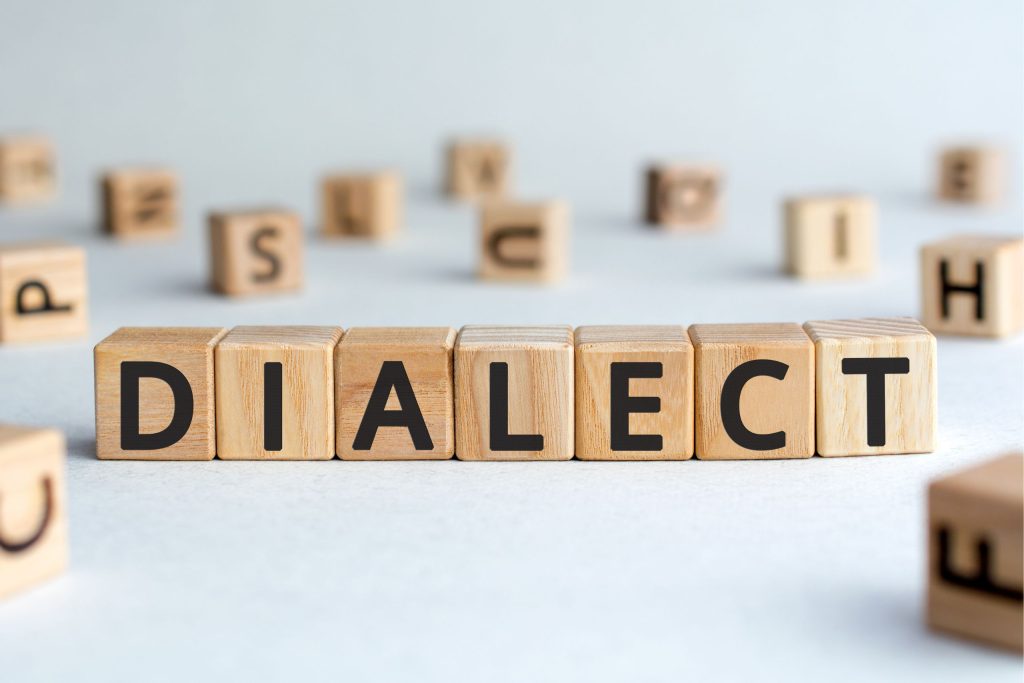Indonesia, an archipelago in Southeast Asia, is a unique country with rich cultural diversity. Its vibrant tapestry is woven from over 700 living languages spoken across its more than 17,000 islands, each with various dialects as diverse as the culture and people themselves. As we delve into the fascinating world of Indonesian dialects and languages, we will explore their formation and intricacies and how they contribute to the country’s rich cultural identity.
The Landscape of Indonesian Dialects and Languages
According to Ethnologue, a comprehensive reference work cataloging the world’s known living languages, Indonesia is home to an astonishing 700+ languages. This rich linguistic diversity is a testament to the country’s extensive geographical expanse
and multifaceted cultural history. The two most spoken languages are Bahasa Indonesia, the official national language, and Javanese.
Bahasa Indonesia is an Austronesian language that evolved from Classical Malay and was established as the official language at the time of Indonesia’s independence in 1945. The language was intended to be a lingua franca, facilitating communication across the islands and ensuring national unity. Its dialects are often tied to regions, such as the Betawi dialect in Jakarta or the Palembang dialect in South Sumatra.
On the other hand, Javanese is predominantly spoken in the central and eastern parts of Java. It is the native language of the Javanese people, who constitute approximately 40% of the country’s population. Javanese has several dialects, such as the Central Javanese, Eastern Javanese, and Western Javanese dialects.
Languages in Indonesia: A Deeper Dive
To truly appreciate the diversity of Indonesia’s linguistic landscape, one must delve into the specifics of some of the prominent Indonesian languages.
Javanese
Javanese is the most widely spoken local language in Indonesia, primarily used by the Javanese ethnic group, the largest in the country. It has a complex system of speech levels that reflect the social hierarchy ingrained in Javanese society, making it a fascinating study for linguists. Despite its widespread use, it differs entirely from Bahasa Indonesia, both in vocabulary and grammar.
Sundanese
The second most widely spoken language in Indonesia is Sundanese, used predominantly in the western third of Java. The language has retained many ancient elements and boasts a rich tradition of oral literature, including folklore and music.
Madurese
Madurese is primarily spoken on Madura Island and a few smaller neighboring islands. As Indonesia’s third most spoken language, it’s recognized for its distinct phonetic features, different from Bahasa Indonesia and other regional languages.
Balinese
Balinese, primarily spoken on the island of Bali, is known for its complex system of politeness levels. Like Javanese, it reflects the traditional caste system in its linguistic structure. Balinese also has a strong tradition of written literature, particularly in the form of religious texts.
The Role and Importance of Indonesian Dialects
Indonesian dialects are crucial in the country’s cultural and social dynamics. They are communication tools and identity markers that signify an individual’s ethnic and regional affiliation. The dialect one speaks can often indicate their place of origin, socioeconomic status, and even profession, painting a rich portrait of their unique cultural background.
Moreover, Indonesian dialects and languages are repositories of local histories, folklore, wisdom, and traditions. Many of these dialects have a rich oral tradition, with stories, myths, and proverbs passed down generations, preserving and perpetuating cultural heritage.
However, the increasing use of Bahasa Indonesia and English, particularly in urban areas and formal education, has raised concerns about the future of local dialects. While offering practical benefits, the shift towards these languages poses a risk to the survival of local languages and dialects. Initiatives to document, preserve, and promote regional dialects are, therefore, critical to maintaining the linguistic diversity of Indonesia.
Understanding the Intricacies of Dialects in Indonesia
An intriguing aspect of the dialects in Indonesia is the regional differences within each language. These dialectal variations can be immensely vast, and in some cases, speakers of different dialects of the same language may struggle to understand each other. For instance, within the Batak language spoken in North Sumatra, the Toba, Karo, Mandailing, Pakpak, Simalungun, and Angkola dialects have substantial differences.
It’s important to understand that dialects in Indonesia are not merely variants of the same language; they reflect the regional, ethnic, and cultural identities of their speakers. They carry migration, interaction, and integration histories and are key identifiers for in-groups. In Balinese society, for instance, different dialects are used depending on the social context and the caste of the speakers and listeners.
The Continual Evolution of Indonesian Languages
The Indonesian language landscape continues to evolve due to influences such as globalization, urbanization, and technological advancement. Bahasa Indonesia, the language of education, administration, and mass media, has seen a significant rise in its speakers. Moreover, the advent of the digital age has propelled its usage across social media and online platforms.
However, the prominence of Bahasa Indonesia and the pressures of globalization have also sparked concerns over preserving local languages and dialects. Efforts are being made to maintain and promote these linguistic treasures. Initiatives like mother-tongue-based multilingual education, language documentation, and revitalization projects are crucial in safeguarding Indonesia’s linguistic heritage.
Conclusion: Indonesian Dialects and Languages
Indonesia’s linguistic landscape is a vibrant mosaic of dialects and languages, each a unique thread in the rich cultural tapestry of the nation. From Bahasa Indonesia, the unifying national language, to the numerous local languages reflecting the country’s diverse regional and cultural identities, these languages are integral to Indonesia’s cultural heritage.
As we move further into the 21st century, the dialects and languages of Indonesia will continue to evolve, shaped by the pressures and influences of globalization, urbanization, and technology. As we acknowledge these changes, ensuring the preservation and appreciation of Indonesia’s linguistic diversity is crucial, which is a testament to the nation’s rich history and cultural vitality. Indeed, the Indonesian dialects and languages are not just means of communication but are critical threads in the ongoing narrative of the Indonesian people and their diverse cultural expressions.


